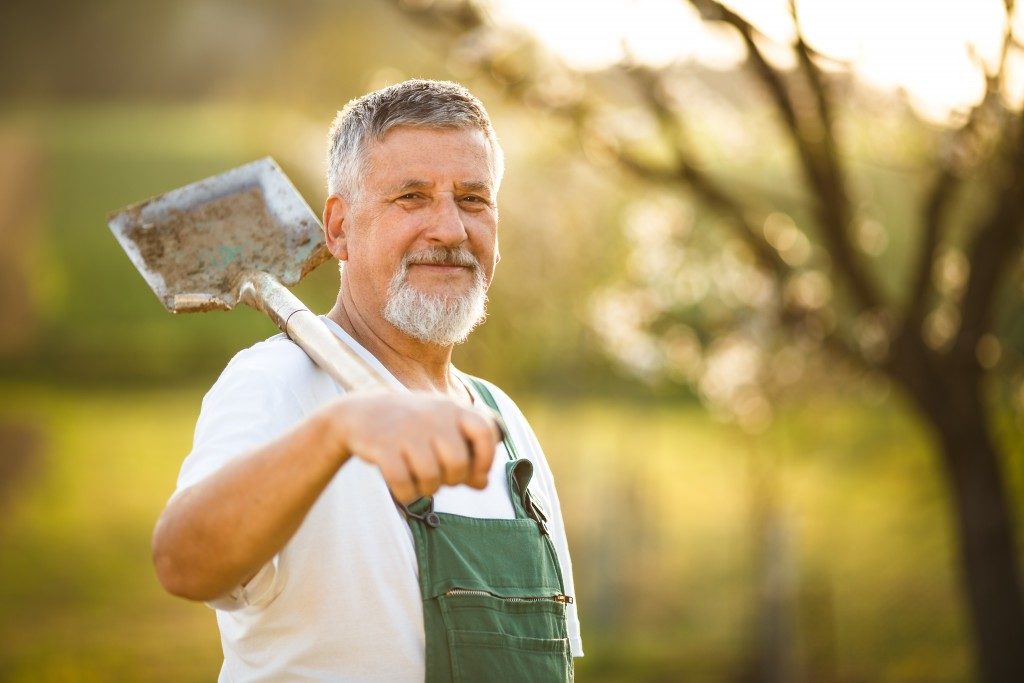- Create a network of people who can check in on elderly citizens, like family members, neighbors, and local volunteers.
- Equip elderly citizens with the latest technology solutions that can provide an added level of safety.
- Ensure the physical environment is secure and free of potential hazards, like installing proper lighting and providing sturdy furniture.
- Consider assisted living solutions for those who cannot care for themselves at home, like nursing and care homes.
- Educate elderly citizens and their caregivers about potential dangers like online scams or fraud targeting seniors.
Ensuring the safety and security of elderly community members is a priority for any non-profit or volunteer organization. As the population ages, it’s crucial to understand how best to protect elderly community members from potential harm. This blog post will provide an overview of how to ensure safety and security among the elderly.
Create a Support Network
Having a solid network of people who can check in on elderly citizens regularly is one way to keep them safe.
This could include family members, volunteers from local organizations, or even neighbors who can help keep an eye out for anything suspicious. If possible, try to match up volunteers with elderly citizens who live nearby so that they can easily visit and provide assistance if needed.
Additionally, having a strong support system in place can help reduce feelings of isolation that often come with aging. This also gives elderly citizens a sense of assurance that someone is looking out for them.
Provide Technology Solutions
It’s important to keep elderly citizens informed and up-to-date with the latest technology solutions. Doing so can provide an added level of safety and security and enhance their day-to-day lives.
For example, it’s necessary to provide a Bluetooth-enabled emergency response system for elderly citizens. This allows them to quickly and easily call for help if they’re in danger or require medical assistance. Other technologies, such as home monitoring systems, can also be used to keep an eye on elderly citizens. These provide peace of mind for families who cannot be with them in person.
Furthermore, certain conditions like dementia or Alzheimer’s can cause elderly citizens to become confused or disoriented. Providing them with GPS tracking devices can help locate them if they happen to wander off.

Develop a Safe Environment
It’s important to create a safe environment for elderly citizens. This means ensuring that the physical space is secure and that any potential hazards are addressed. Here are some examples:
Proper Lighting:
Installing proper lighting inside and outside a home can help increase visibility and deter criminal activity. Consider installing motion-activated lights so that any suspicious activity is quickly detected. Additionally, you may provide flashlights or nightlights to elderly citizens to help them navigate their way around in the dark.
Sturdy Furniture:
One of the major accidents that can occur with elderly citizens is a fall. Providing sturdy and secure furniture can help prevent such accidents from happening. You may repair or replace any unstable furniture that may present a risk. There are also ergonomic furniture pieces available that provide additional support and comfort.
Secure Handrails and Ramps:
To further help reduce the risk of falls, it’s necessary to install handrails and ramps wherever necessary. This can be especially useful for those with limited mobility or vision impairments.
Consider Assisted Living Solutions
Some elderly citizens may not be able to care for themselves at home. In such cases, it’s important to consider assisted living solutions that can help keep them safe and secure. Below are some examples:
Nursing Home:
A nursing home provides 24-hour care and assistance to elderly citizens. This can include help with activities of daily living, medication management, and other health-related services. Furthermore, quality assurance programs are in place to ensure that elderly citizens receive the best care possible.
Care Home:
Unlike a nursing home, a care home provides more of a home-like atmosphere, with private rooms and other amenities. Facilities like the trusted Rosewood care home provide a more independent living arrangement. It also has caregivers on-site to provide assistance when needed.
Retirement Villages:
Retirement villages are designed to provide elderly citizens with independent living while offering additional services if needed. This could include having a caretaker who can help with meals, errands, and other tasks. What sets it apart is that it also has a community vibe, which can benefit those with limited social interaction.

Educate About Potential Dangers
It’s necessary to educate both the elderly population as well as their caregivers about potential dangers like scams or frauds targeting seniors.
For example, internet scams are increasingly common, and seniors may be more vulnerable than other age groups. This is due to unfamiliarity with online technology or because they may not recognize the signs of a scam before it’s too late.
Simple activities like setting up two-step authentication, using secure passwords, and avoiding unfamiliar links can help protect elderly citizens from cybercriminals. Also, consider conducting regular seminars or webinars to discuss online safety and security measures.
Ensuring the safety and security of elderly community members is an important task that requires a multi-faceted approach. From creating support networks to providing technology solutions, there are many steps organizations can take to protect vulnerable seniors from potential harm. Additionally, educating elders and their caregivers about online scams or other dangers they may face is essential. This is so that they know how best to stay safe in today’s digital world. By taking these measures seriously, non-profits and volunteer groups can help ensure their well-being for years to come.

